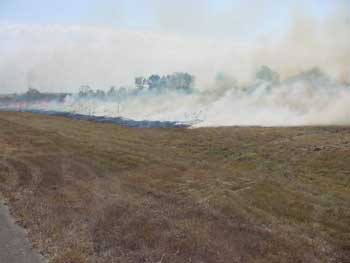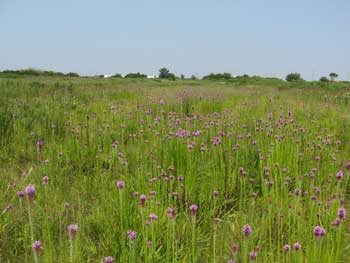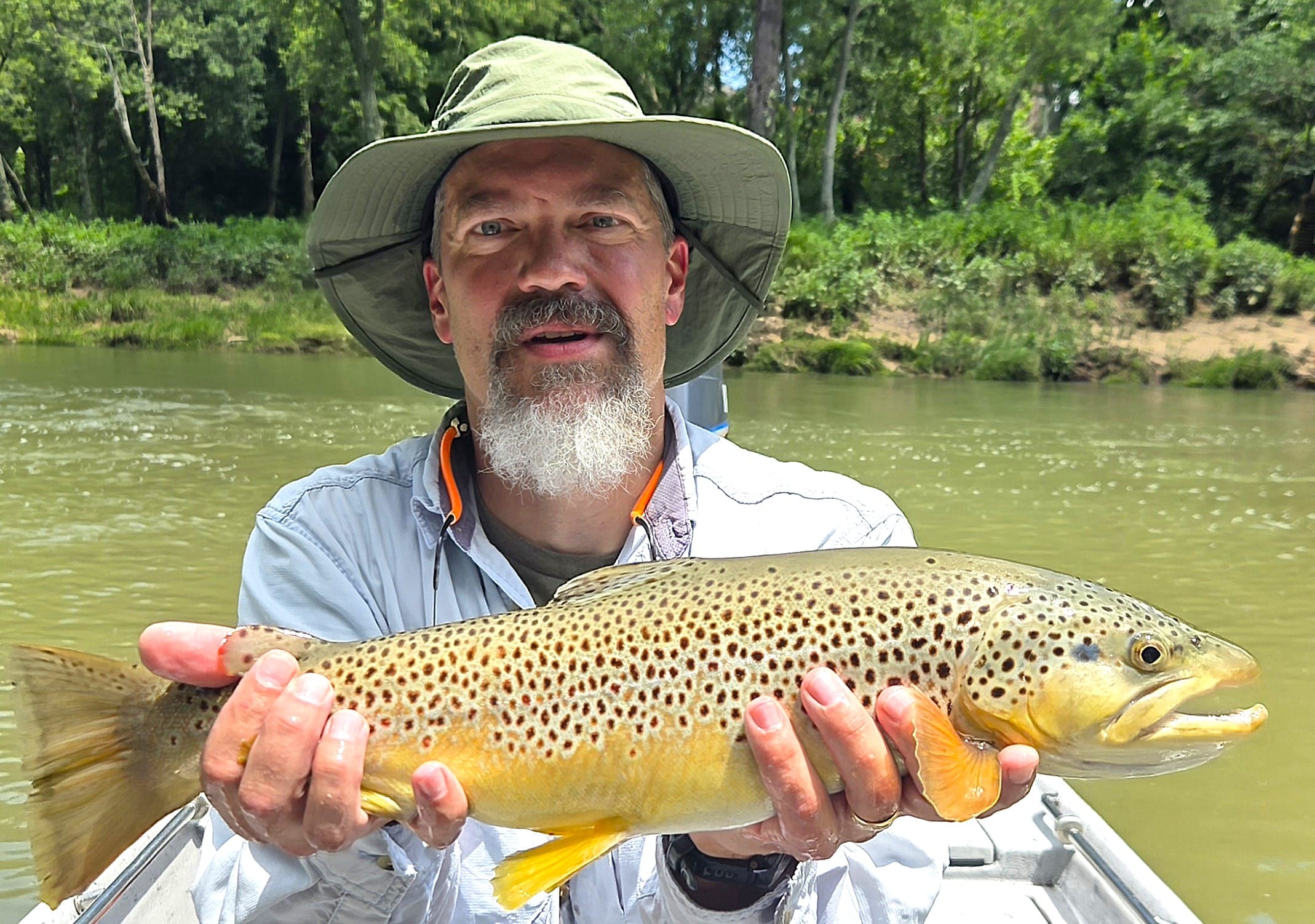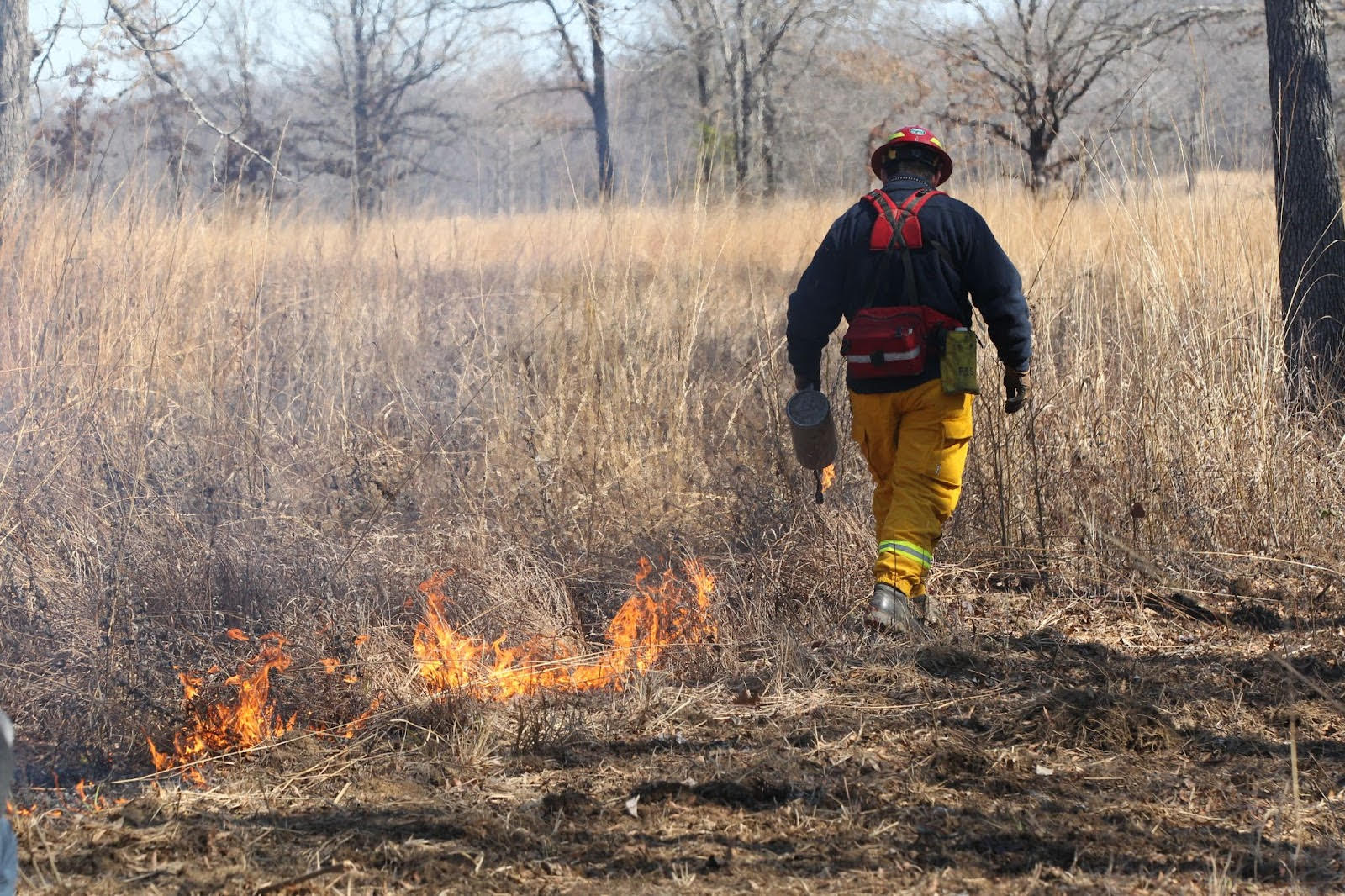AGFC, other agencies restore portions of Grand Prairie at Stuttgart airport
BY agfc
ON 07-22-2009

July 22, 2009
STUTTGART – Stuttgart takes pride in something beyond ducks and rice. A grassland restoration project, funded through AGFC and other agencies, aims to return portions of the Grand Prairie to its former glory.
 One restoration project is converting 235 acres of land, around Stuttgart Municipal Airport, to prairie habitat. The project is designed to create ecotourism opportunities, boost the local economy and restore indigenous wildlife and plants. “I’m hoping that the wildlife-appreciating community – whether bird-watchers or hunters – realize that the Arkansas Delta and Grand Prairie are fascinating places to visit not only in fall and winter, but spring and summer,” said Arkansas Game and Fish Commission bird conservation coordinator Karen Rowe. Rowe oversees state wildlife grants that partly fund the project. “You have to change your perspective. You can look not only at ducks, but also at dickcissels,” Rowe says.
One restoration project is converting 235 acres of land, around Stuttgart Municipal Airport, to prairie habitat. The project is designed to create ecotourism opportunities, boost the local economy and restore indigenous wildlife and plants. “I’m hoping that the wildlife-appreciating community – whether bird-watchers or hunters – realize that the Arkansas Delta and Grand Prairie are fascinating places to visit not only in fall and winter, but spring and summer,” said Arkansas Game and Fish Commission bird conservation coordinator Karen Rowe. Rowe oversees state wildlife grants that partly fund the project. “You have to change your perspective. You can look not only at ducks, but also at dickcissels,” Rowe says.
Projected to cost $185,000, the first phase of the restoration project involves the AGFC, U.S. Fish and Wildlife Service, Arkansas Natural Heritage Commission, Audubon Arkansas and the city of Stuttgart. The restoration started in 2003 after the Stuttgart city council approved the project proposal, as presented by the U.S. Fish and Wildlife Service and Arkansas Natural Heritage Commission.
Since then, AGFC biologists have collected prairie grassland seeds from native genotype sources and planted them to restore prairie similar to what existed before European settlement. The U.S. Fish and Wildlife Service has taken actions to promote a healthy prairie, including prescribed burns and herbicide applications to kill invasive Bermuda grass. As a former World War II military base, the area is considered a cultural resource, requiring an archeologist to remove concrete rubble scattered throughout the grass. Audubon Arkansas has conducted regular bird surveys to assess bird use of prairie habitat. Because many grassland and prairie birds are declining, their detection carries conservation importance.
“It’s just good for the land,” said Stuttgart mayor Marianne Maynard, who handles paperwork for the city-owned airport. “It’s taking unused land and putting it towards a purpose.”
All of these efforts are intended to partly restore what once existed: 320,000 acres of extensive Grand Prairie. Roughly one percent of the prairie – 400-500 acres – remains.
“I’ve talked with 80 and 90-year-olds who remember the prairies,” Rowe said. “They talked about not being able to see over the grass, and seeing prairie chickens. I want to restore the prairie so that their great-great-grandchildren can see what they saw.”
Additionally, it is hoped that the prairie will impress visitors from afar.
 “Stuttgart is like the epicenter of the Grand Prairie, the mallard capital of the world,” said Joe Krystofik, a U.S. Fish and Wildlife Service biologist working on the project. “People fly in from all around the country to Stuttgart [to hunt]: movie stars, presidents and vice presidents. What better way than the prairie is there to leave an impression on them?”
“Stuttgart is like the epicenter of the Grand Prairie, the mallard capital of the world,” said Joe Krystofik, a U.S. Fish and Wildlife Service biologist working on the project. “People fly in from all around the country to Stuttgart [to hunt]: movie stars, presidents and vice presidents. What better way than the prairie is there to leave an impression on them?”
Maynard said she hopes the project will broaden Stuttgart’s appeal for eco-tourists, who may boost the local economy.
It will be an added attraction,” Maynard said. “Maybe they’ll come into town and spend their dollars.”
Ecotourism already entices bird-watchers to Stuttgart Airport, deemed an Important Bird Area by Audubon Arkansas. In winter, birders from across America flock to the airport, a reliable place to see Smith’s and Lapland Longspurs. Perhaps someday birders will visit the airport to spy an additional target bird – Prairie-Chickens.
“Part of the project was the desire for reintroducing Prairie-Chickens,” Krystofik said. “That’s almost a pie-in-the-sky goal.”
Restoring prairie chickens to their former breeding grounds will be no easy task, requiring vast tracts of prairie. Krystofik said prairie chickens require at least 4,000 acres of habitat in a 10,000-acre matrix.
Ultimately, whether the restored prairie attracts hordes of eco-tourists or mostly functions as a haven for wildlife, one thing is clear: it has potential.
Recent News

Arkansas Wildlife Weekly Fishing Report
Jul. 3, 2025
Subscribe to Our Weekly Newsletter E-mails
Don’t miss another issue. Sign up now to receive the AGFC Wildlife Weekly Newsletter in your mailbox every Wednesday afternoon (Waterfowl Reports are published weekly during waterfowl season and periodically outside the season). Fishing Reports arrive on Thursdays. Fill in the following fields and hit submit. Thanks, and welcome!

